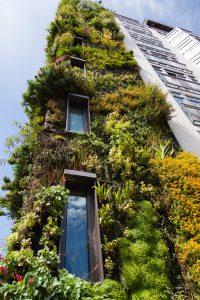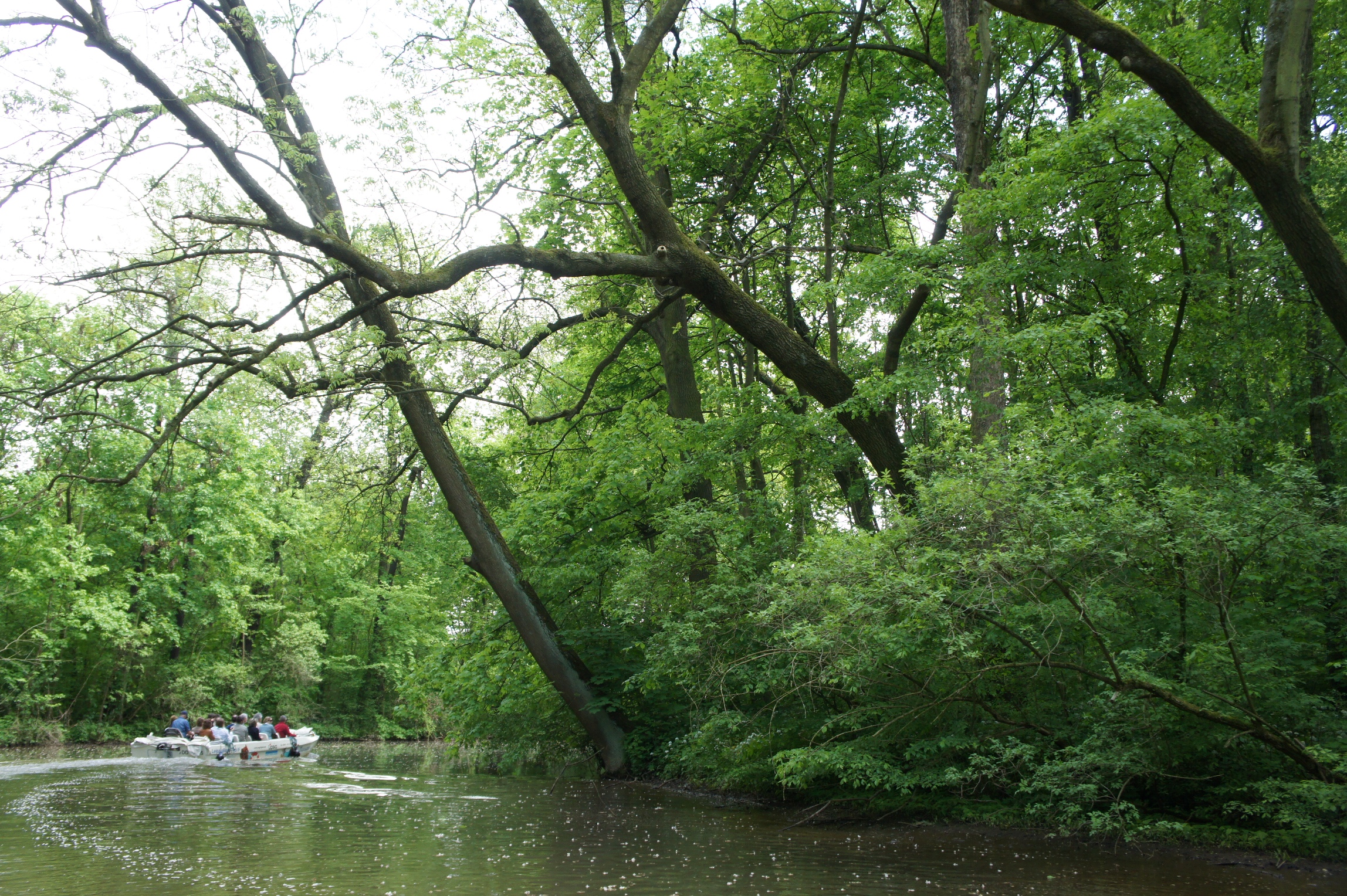How will the Sustainable Development Goals affect forests and people?
How will the Sustainable Development Goals affect forests and people?
Since Agenda 2030 was launched in 2015, plenty of attention has been paid to the contributions which forests can make to its 17 Sustainable Development Goals (SDGs). However, relatively little attention has been given to the possible impacts which the SDGs will have on forests, forest ecosystems and people benefitting from forests, and how this might contribute to, or undermine, the role forests play in improving human well-being and protecting the environment.

Spotlight #58 – To build a healthier city, build a better forest

Design of trees along streets is important to minimize trapping of pollutants along sidewalks and roads. Photo: David Nowak
City dwellers around the world could live healthier lives and see health care costs shrink simply by implementing better urban forest design, planning and management.
Recent innovative studies conducted in Canada and the U.S. show that trees remove air pollution – both gaseous and particulate pollutants – and this has a beneficial effect on human health.
And, while the concepts of trees scrubbing the air and cleaner air having beneficial effects are not particularly new, “the innovation derives from linking pollution removal by trees to human health in cities,” said Dr. David Nowak of the US Forest Service, and one of the authors of the studies. Read more…
On Social Aspects of Forests and Forestry
IUFRO All-Division 6 Meeting at the 125th Anniversary Congress
An Interview with Division 6 Coordinator Tuija Sievänen of the Natural Resources Institute Finland
—– Read more…
Nature-based solutions to climate change mitigation and adaptation
Session D8-03(42)
Moderator: Xiaoquan Zhang
Tuesday, 25 October 2016, 10:30-12:30 (Room 305)

Green hotel. Photo: Vera Kratochvil
During the past 15 years, the rapid expansion of fossil fuels usage has raised global greenhouse gas emissions to the highest levels to date. This has led to a rise in surface temperatures and a significant increase in climate-related risks, including the loss of sea ice in the artic ocean, reduction of mountain glaciers, sea level rise, loss of endangered species, to name but a few.
In urban territories, solar energy and heat are absorbed to a greater extent than in rural areas, thus reducing the evapotranspiration and creating warmer environments. Consequently, the energy demand for cooling is expected to grow strongly with climate change. However, in many cities there is a potential for cooling urban microclimates through adding vegetation and trees and greening roofs and city areas. This will not only help to save energy, it will also be beneficial to the health and quality of life of city dwellers. Read more…
Congress Spotlight #22 – Green cities: The benefits of the urban forest
Green cities: The benefits of the urban forest

Experiencing the floodplain forests of the city of Leipzig, Germany, from the river (photo by Matilda Annerstedt)
The urban forest means different things to different people.
Many of us see only visually pleasing tree-lined streets, or enjoy the coolness afforded by shade trees on hot days.
Those more closely involved with the urban forest see that – and much, much more.
They also see the urban forest in terms of the ecosystem services and values derived from it – reduced energy use of buildings, improved air quality, stream flows, water quality, urban wildlife, human health, climate change (in terms of both mitigation and species composition) and other benefits that are environmental, social and economic.
Congress Spotlight #21 – The forest pharmacy and food store
The forest pharmacy and food store
Sometimes, they say, you can’t see the forest for the trees.
And one group of sub-plenary session organizers for the upcoming IUFRO World Congress in Salt Lake City might amend that to read: “Sometimes you can’t see the forest for anything but the timber value in the trees.”
The organizers – Hannu Raitio and Tuija Sievänen of the Finnish Forest Research Institute; James Chamberlain of the U.S. Forest Service; and Carsten Smith-Hall of Denmark’s University of Copenhagen, will present a session entitled: The value and challenges of integrating food and medicinal forest products into forest management.

